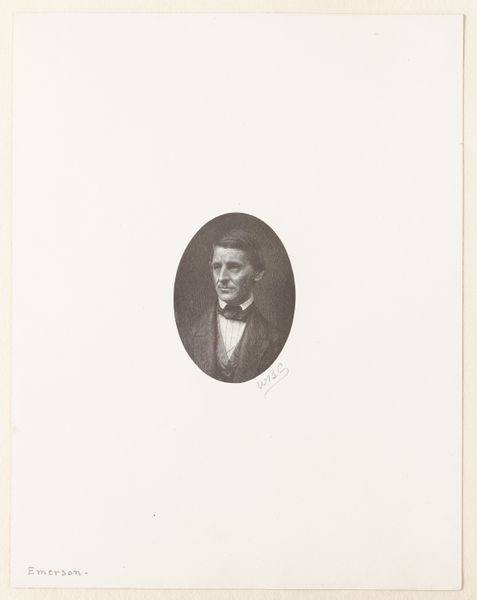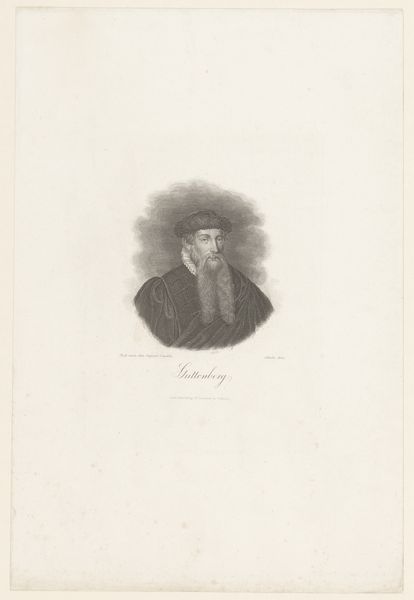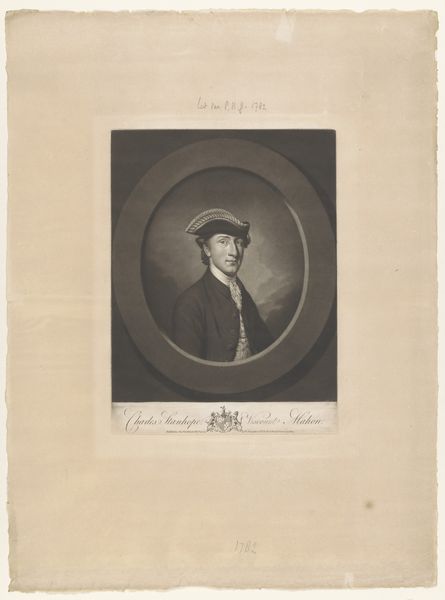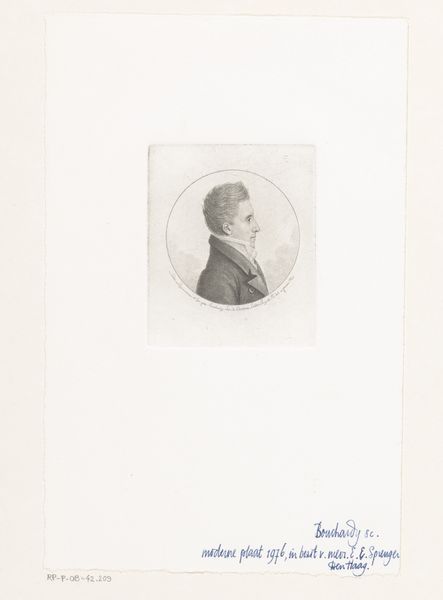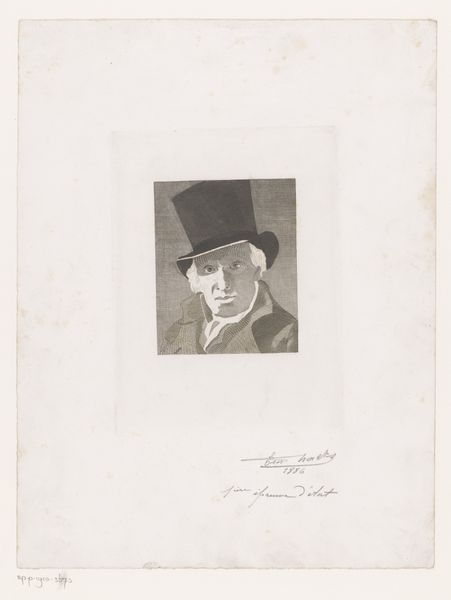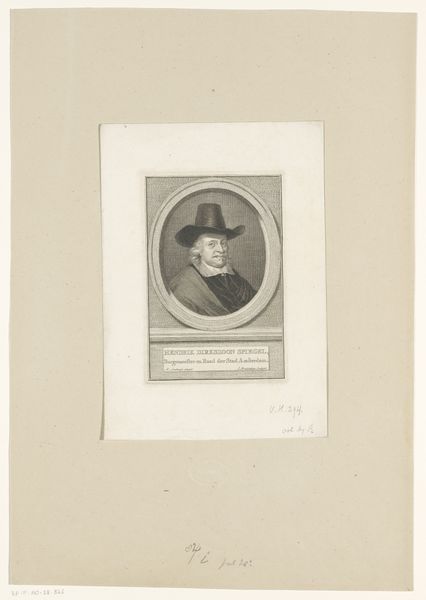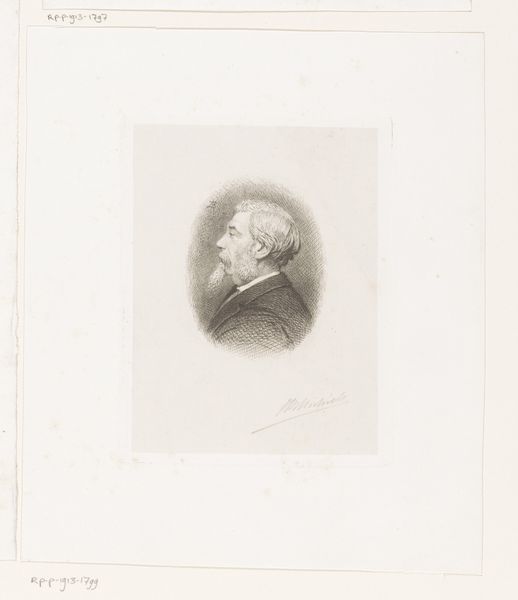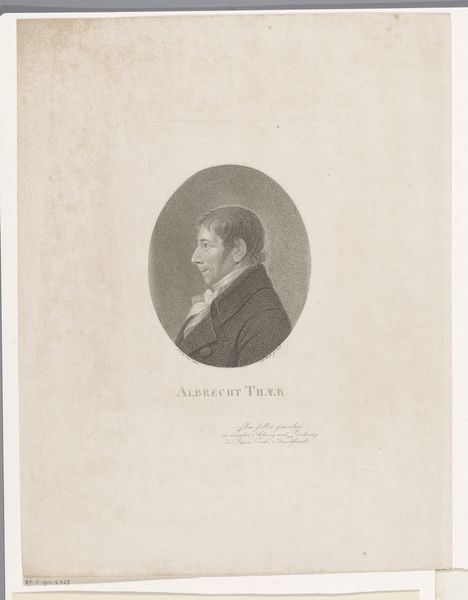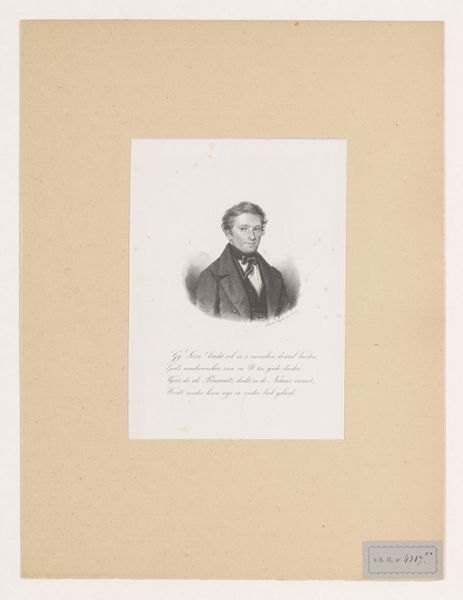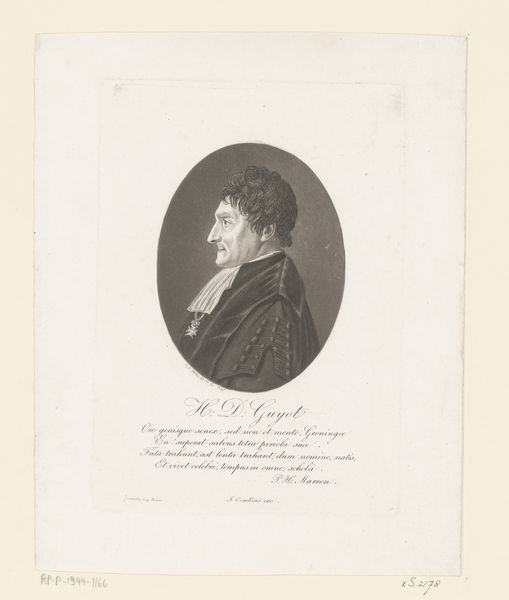
Dimensions: height 79 mm, width 66 mm
Copyright: Rijks Museum: Open Domain
Curator: This is a print depicting Ulrich Zwingli. The work dates to between 1768 and 1817 and is by Johann Heinrich Lips. Editor: It feels intimate. The fine engraving lines create soft shadows and a sense of thoughtful reflection on Zwingli’s face. I’m struck by the relative simplicity, given that he was a key figure in the Swiss Reformation. Curator: Exactly. It's part of a broader 18th-century trend of portraying key figures, positioning them in national and religious narratives. Prints like these were vital for disseminating knowledge and constructing a visual history. Editor: Right, print culture shaping collective memory. And considering Zwingli's legacy—his emphasis on biblical authority challenged established hierarchies. This portrait, even in its formal restraint, carries the weight of those challenges. Do you think Lips’s own sociopolitical landscape shaped his interpretation? Curator: Undoubtedly. Lips was creating this within a shifting European landscape. Zwingli, by then, was a figure onto which various interpretations could be projected. The print's relative accessibility made it crucial in solidifying specific images of Zwingli for public consumption. Editor: I wonder about the choice to render him in such a... conventional pose. The subtle realism almost normalizes him. It's a different approach than some more dramatic depictions we see of religious reformers. Perhaps it reflects an attempt to integrate his legacy into mainstream historical narratives? Curator: Precisely. Consider also the intended audience. These prints weren't just for religious scholars but also for a growing educated middle class eager to engage with historical narratives. Therefore, the artist probably considered social pressures as much as accurate historical rendering. The image performs social work by naturalizing religious history for contemporary viewers. Editor: This almost understated representation speaks volumes about the strategies employed in shaping historical figures for particular ideological purposes. So it’s more about how Zwingli’s image functions as a social symbol, a focal point for broader questions of authority and identity, rather than what it really meant. Curator: Indeed. This print encapsulates how imagery contributes to collective identity, showing us the constant renegotiation between historical fact, artistic expression, and social forces. Editor: Absolutely, analyzing artworks such as Lips’s Zwingli challenges us to recognize the power dynamics that have shaped how history and politics intersect. Curator: And reveals the complicated path by which historical memory and representation becomes inextricably connected.
Comments
No comments
Be the first to comment and join the conversation on the ultimate creative platform.
